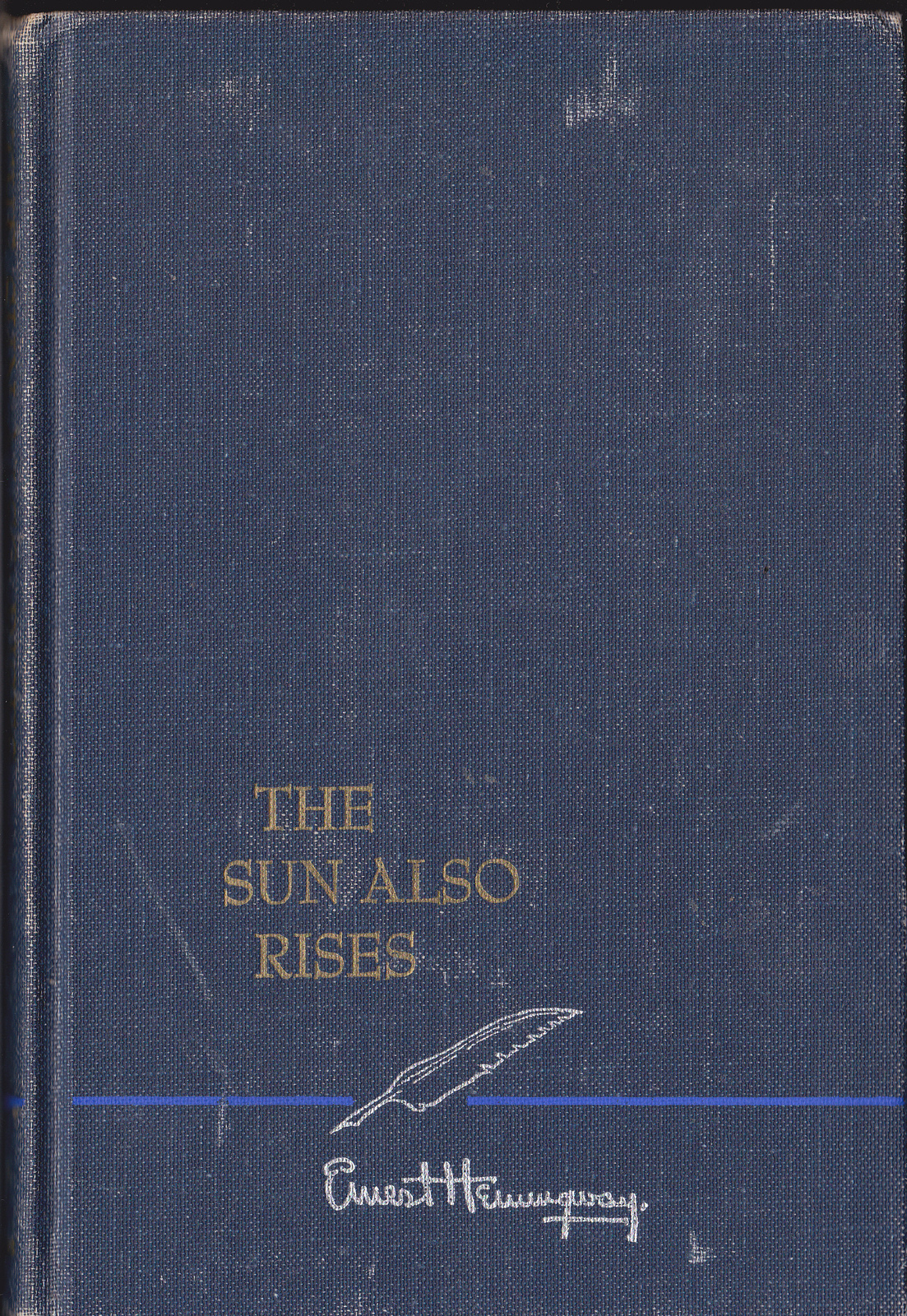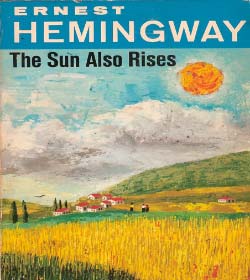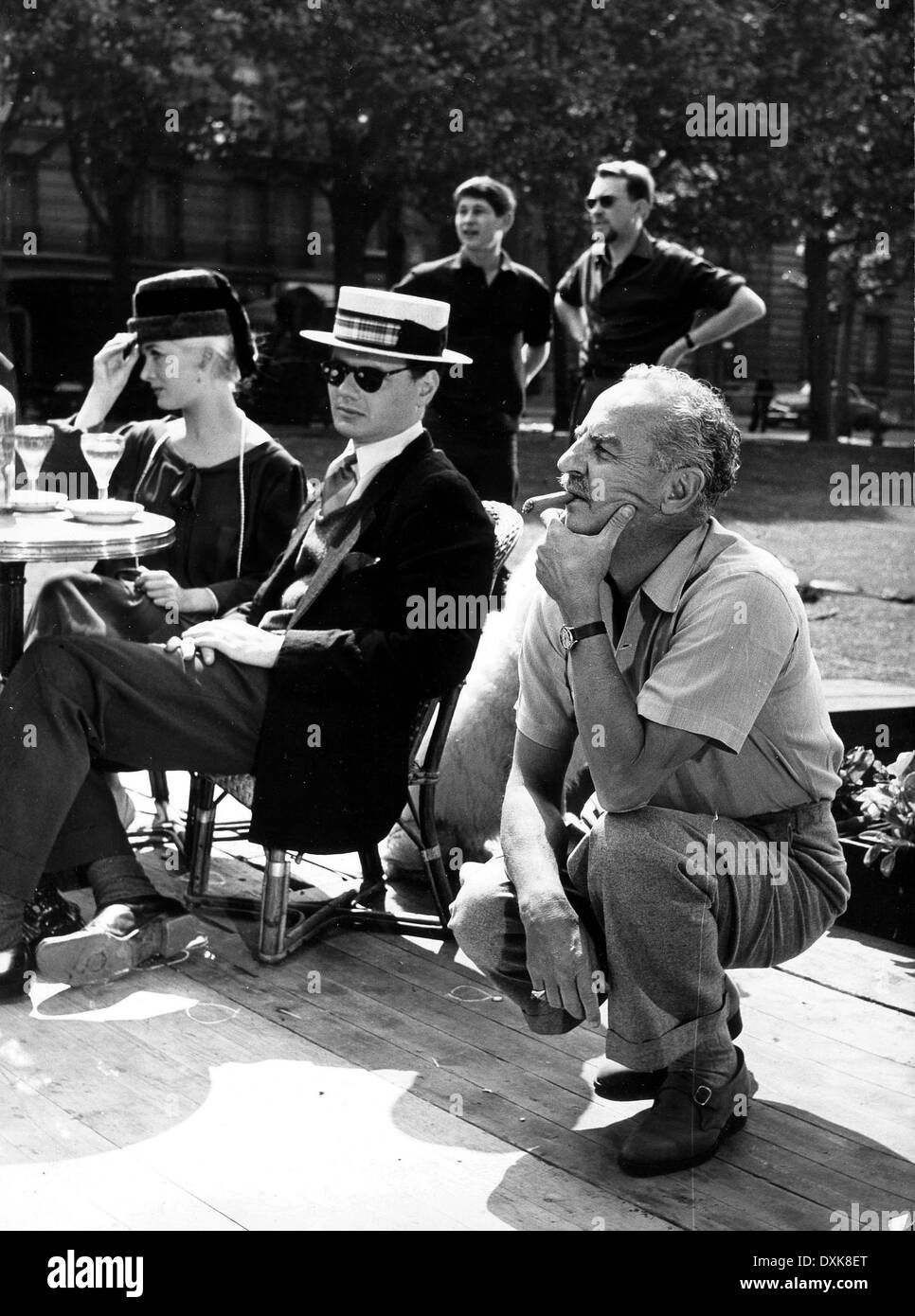
Binding is shaken.** Ex-library book with stamped plate on fep: "Capitol Circulating Library Service Co., 175 Fifth Avenue, New York."** Endpapers and feps are age toned, with some owner's marks. Spine has text label and is rubbed, with chipped and frayed ends. Corners are bumped and worn, with exposed board. Publisher's original black cloth covers are mostly clean though very worn at edges, with bronze paper title label.

This is a classic that really does live up to its reputation" (David Laskin). "The Sun Also Rises is Hemingway's masterpiece-one of them, anyway-and no matter how many times you've read it or how you feel about the manners and morals of the characters, you won't be able to resist its spell.

The Sun Also Rises is seen as an iconic modernist novel for future generations (Mellow, 1992), although it has been emphasized that Hemingway was not philosophically a modernist (Reynolds, 1990). For example, the characters engage in bull-fighting, which is presented as an idealized drama: The matador faces death and, in so doing, creates a moment of existential nothingness, broken when he vanquishes the possibility of death by killing the bull (Stoltzfus, 2005). Naturally, themes of love, death, renewal in nature, and the nature of masculinity are heavily investigated. Hemingway proposes that the "Lost Generation," considered to have been decadent, dissolute and irretrievably damaged by World War I, was resilient and strong.

The fictional plot depicts a love story between war-wounded and impotent Jake Barnes and the promiscuous divorcà e Lady Brett Ashley, but the novel is a roman à clef the characters are based on real people and the action is based on real events.

Though it initially received mixed reviews, it is now "recognized as Hemingway's greatest work" (Meyers, 1985). The Sun Also Rises was published by Scribner's in 1926, and a year later in the United Kingdom by Jonathan Cape under the title Fiesta. Octavo, bound in full morocco by the Harcourt Bindery, gilt titles to the spine, raised bands, gilt ruled to the front and rear panels, Hemingway signature in gilt to the front panel, marbled endpapers, all edges gilt. First edition, early printing of Hemingway's first major novel.


 0 kommentar(er)
0 kommentar(er)
